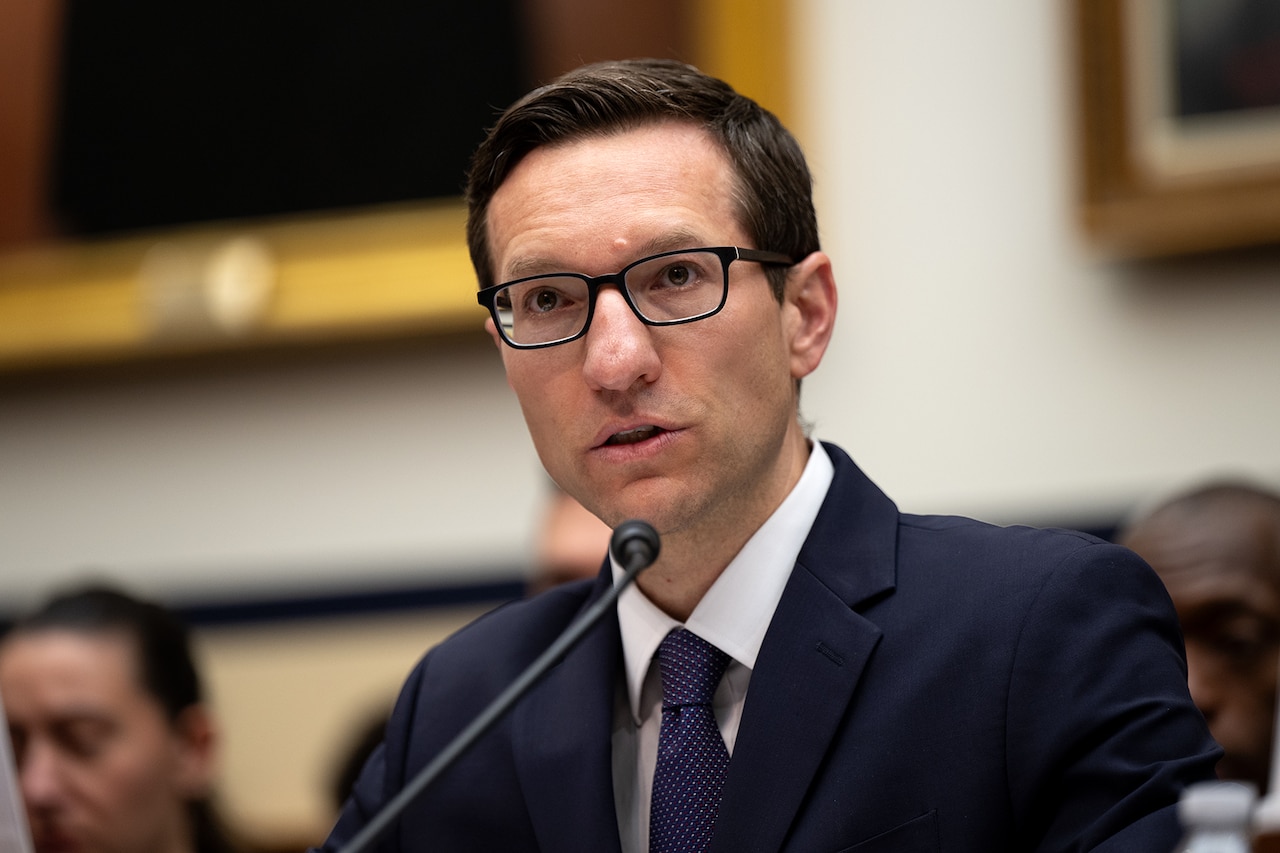China continues to present the most comprehensive and serious challenge to U.S. national security, said Ely S. Ratner, assistant secretary of defense for Indo-Pacific security affairs.
That’s because China remains the only country with the will and, increasingly, the capability to dominate the Indo-Pacific region and displace the United States, Ratner said today in testimony before the House Subcommittee on Indo-Pacific.
“Today, the PRC [China] is pursuing its revisionist goals with increasingly coercive activities in the Taiwan Strait [and] the South and East China seas along the Line of Actual Control with India and beyond,” he said.
But conflict in the Indo-Pacific region is neither imminent nor inevitable, and the Defense Department is doing more than ever to keep it that way with the help of U.S. allies and partners, Ratner said. Over the past year, that work has included:
- DOD announcing bilateral agreements with Australia, India and Japan to co-produce or acquire advanced capabilities to strengthen deterrence across the region;
- DOD continuing to implement major defense initiatives with Japan, South Korea, the Philippines and Australia;
- DOD concluding a bilateral Defense Cooperation Agreement with Papua New Guinea;
- The United States extending economic assistance that will last for the next 20 years for the Compacts of Free Association with three, key Pacific Island partners: Micronesia, Palau and the Marshall Islands;
- The U.S., Japan and South Korea agreeing to a multiyear, trilateral exercise plan, as well as a real-time data-sharing mechanism for warning of North Korean missiles;
- DOD working to integrate Australia and Japan into its force posture initiatives;
- DOD expanding bilateral training with Thailand and Indonesia to feature exercises across the region;
- DOD investing in the next generation of regional defense leaders with the Association of Southeast Asian Nations.
Navy Adm. John Aquilino, commander of U.S. Indo-Pacific Command, who also testified, said that that conflict with China is not imminent or inevitable.
“But our potential adversaries have become increasingly aggressive and emboldened. The PRC’s [China’s] unprecedented military buildup and a campaign of coercive actions continue to destabilize the region, and they challenge the values and institutions that support a free and open Indo-Pacific,” he said.
Aquilino said the department must build on the Indo-Pacific progress it has achieved over the last few years, including bolstering Guam’s defense system and working to improve bilateral and multilateral partnerships.
Army Gen. Paul J. LaCamera, commander of United Nations Command/Combined Forces Command/U.S. Forces Korea, testified that within the last year, North Korea has continued developing its military capabilities — including solid-fuel ballistic missile technology — which violate sanctions.
He said North Korean missile systems pose a threat to countries worldwide.
In addition, North Korea has provided military support to Russia, assisting in Vladimir Putin’s illegal and indefensible invasion of Ukraine, LaCamera said.
The U.S.-South Korea alliance has continued to adapt to meet the evolving challenges, he said. In April, the two countries signed the Washington Declaration, which reaffirms their commitment to mutual defense.
In July, South Korea and the U.S. also had their first meeting of the Nuclear Consultative Group with the aim of strengthening deterrence and strategic planning to manage the North Korean threat, he said.
LaCamera also said there have been multiple, strategic-asset deployments to South Korea, including a nuclear ballistic-missile submarine and the first B-52 bomber landing in the last 40 years.
This article, DOD Strengthens Indo-Pacific Regional Ties, was first published by The Department of Defense.








